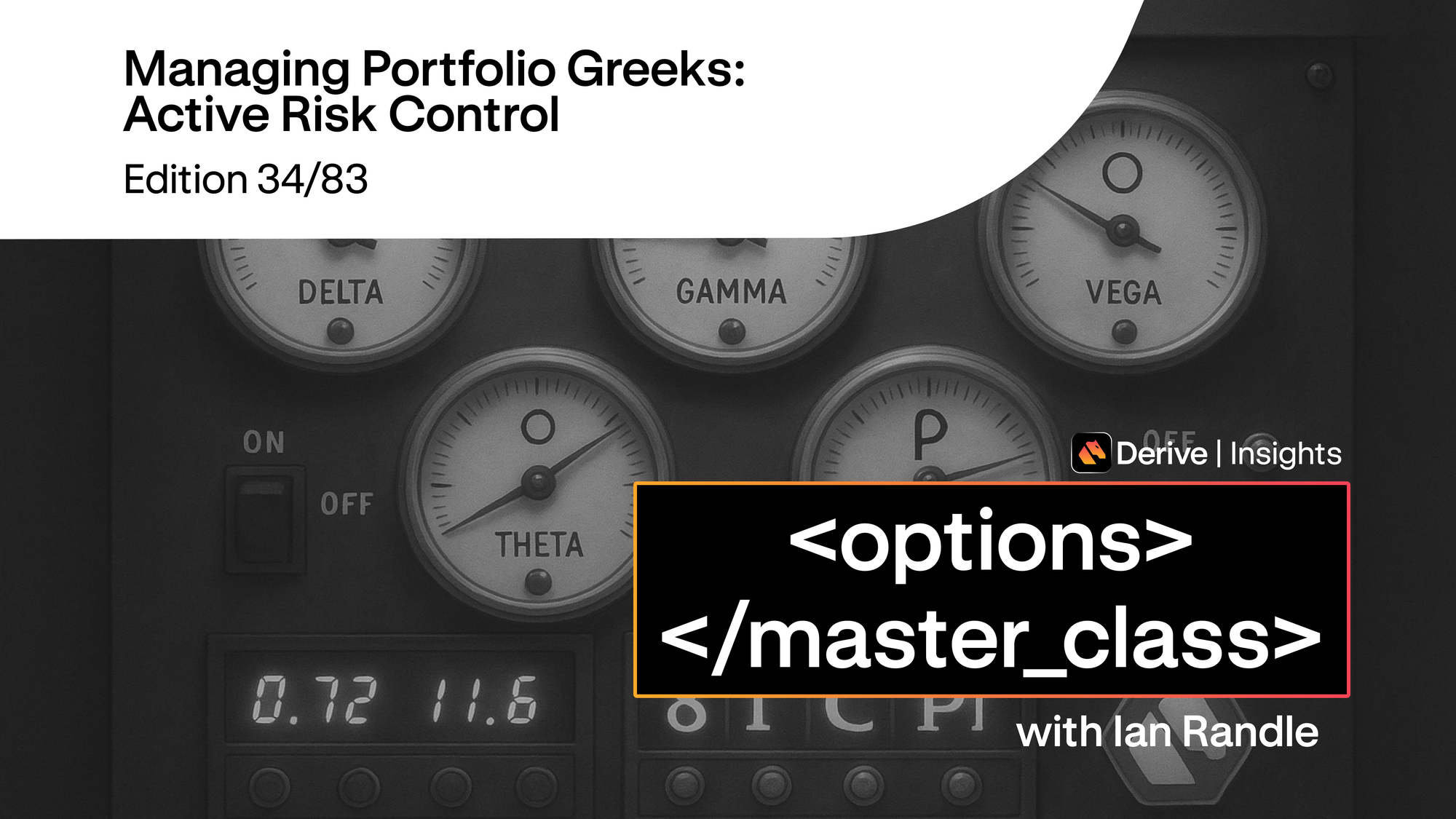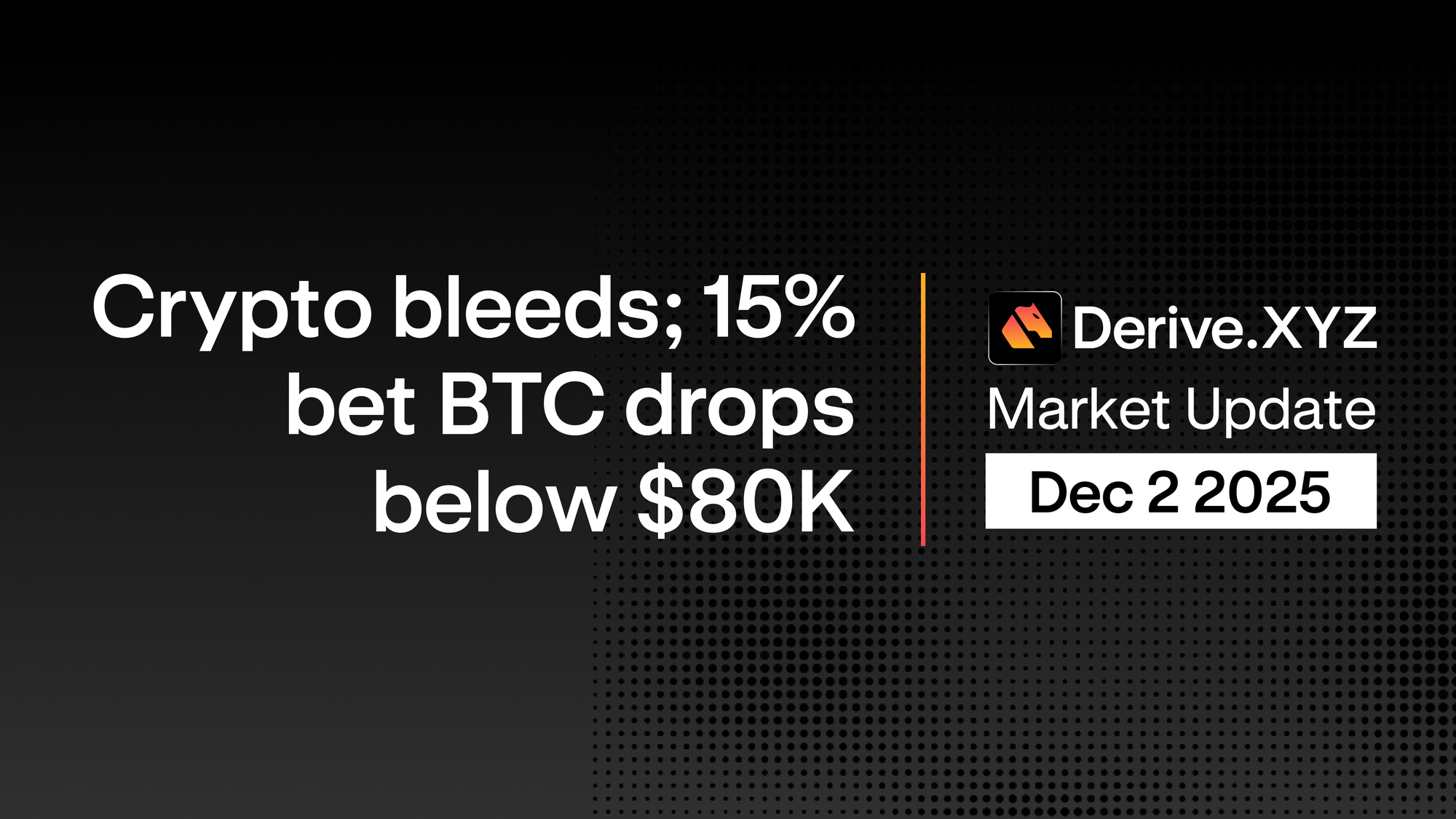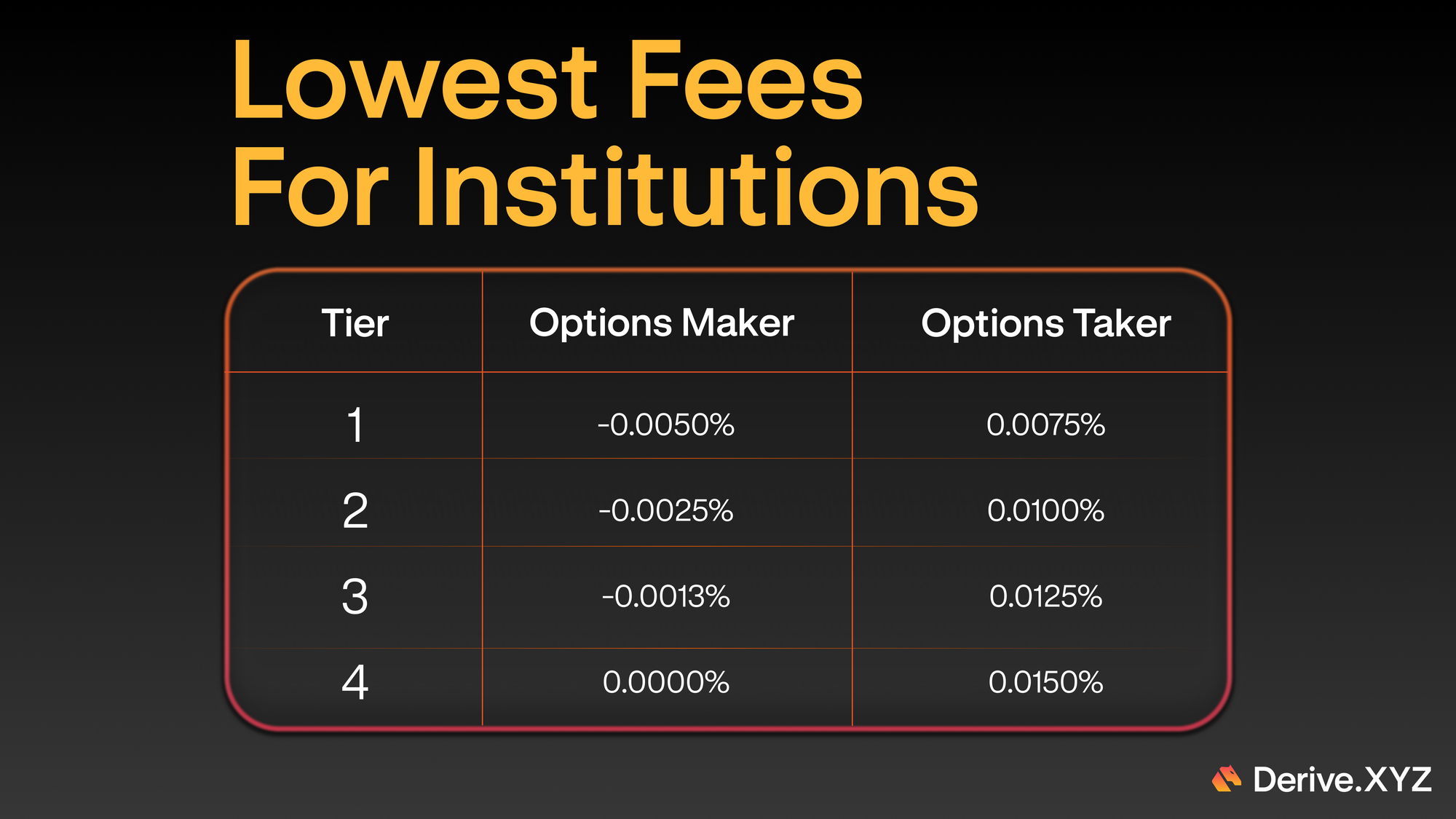Options are a game of probabilities and risk. Active management of your portfolio Greeks gives you an edge.
Up to now, we have focused on Greeks for individual trades.
But professional options traders think in terms of portfolio Greeks, the combined Delta, Gamma, Theta, Vega, and Rho for your entire book.
Mastering this approach is essential for real risk management, scaling, and adapting to changing markets.
What Are Portfolio Greeks?
Portfolio Greeks represent your aggregate risk.
- Portfolio Delta: Net directional bias. How much does your account value change if the underlying moves?
- Portfolio Gamma: How quickly does your Delta change as price moves?
- Portfolio Theta: How much does time decay help or hurt you across all positions?
- Portfolio Vega: How exposed are you to changes in implied volatility?
- Portfolio Rho: How sensitive is your book to interest rate changes?
Why Actively Manage Portfolio Greeks?
Large books can have offsetting Greeks. You might be long Delta in one position, short in another.
Market moves and volatility shifts can tip your overall exposure even when single trades look safe.
Effective management means smoother PnL, less tail risk, and more predictable results.
Key Practices
1. Monitor Greeks in Aggregate:
Use your platform’s risk panel to see total Delta, Gamma, Theta, Vega, and Rho.
2. Hedge When Needed:
If your net Delta is too high, offset it with an opposite trade.
If your net Vega is too large, consider reducing exposure or using spreads.
3. Use Subaccounts and Buckets:
Organize trades by theme, time frame, or strategy to keep exposure isolated and visible.
4. Adjust Proactively:
Do not wait for a big move or vol spike to fix your risk. Review and tune portfolio Greeks regularly, especially before events or macro shifts.
On Derive
- View full portfolio Greeks at the account and subaccount level.
- Build hedges, add or reduce trades, and see instant impact on Greeks and margin.
- Use subaccounts to separate short-term, long-term, or event-driven books.
- Historical PnL and Greeks tracking help you spot patterns in risk and return.
Your Action Today
- Review your account-level Greeks on Derive.
- Identify whether your book is net long or short on Delta, Vega, and Theta.
- Practice hedging or balancing your exposure with small trades.
- Set a schedule to check and adjust Greeks at least weekly, or after big market events.
Tomorrow, we will cover managing liquidity and slippage, so you can execute all of these strategies efficiently and without surprise.
Coming tomorrow:
Day 35 – Managing Liquidity and Slippage: Executing Like a Pro
Hasta manana
Cpt

















